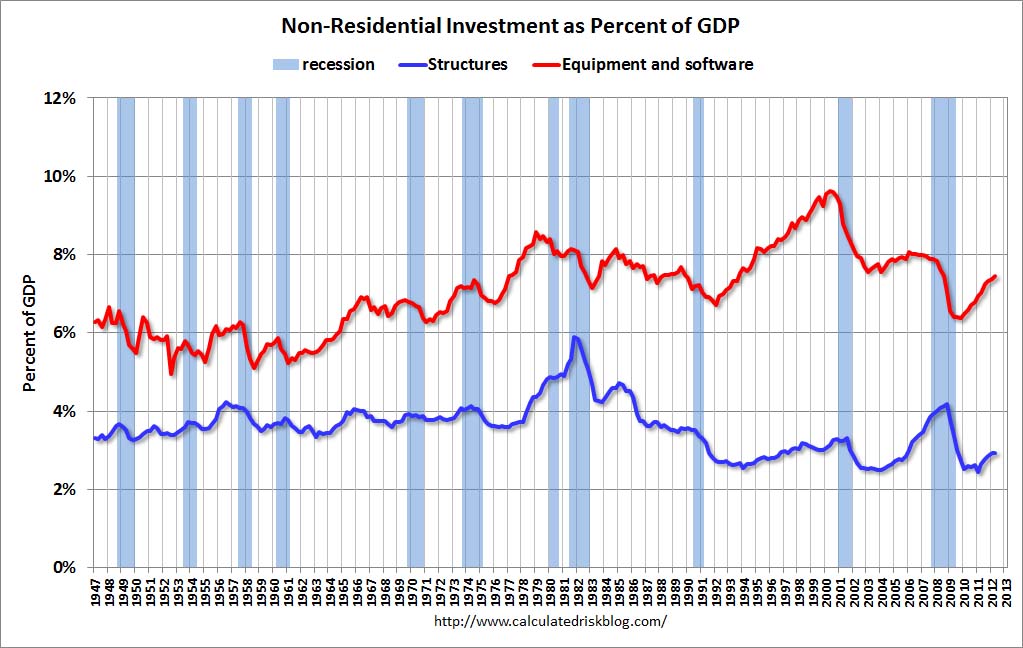Glad I gave you a chuckle, but let's get back to linear logic:
1. Define "stagnant capital" and why it would be more efficiently used by poor people buying food and basic products.
2. Assuming you want to raise taxes on the wealthy, where is your maximum "monetary velocity" point and how did you calculate it?
3. Haven't we mimicked a "redistributive effect" (through borrowing) over the past four years? How has that worked out?
4. You still haven't answered where "additional capital" is supposed to come from.
Note: I am deliberately ignoring Rope-a-Dope's post.
1. Capital that resides with individuals and has low monetary velocity.
2. It's calculated by how many hands it moves through and and how quickly. High monetaray velocity points are with lower and middle income earners, since they spend it back into the economy almost instantaneously and with, by and large, retailers, where monetary velocity is higher as well.
3. Yes, but not in sustainable ways, since rather than moving the money back through, we coerce its movement in ways that are costly and diminish the value of the US Dollar, namely increasing the money-supply.
4. True. Let me make amends: it comes from the Fed, aka "printing" money. It's not actually printed, since hard currecy is a mere convenience. Most of the money supply is virtual, and increases with discount rates and lower interest that spurs more borrowing. We've had to do this, since we've abandoned the organic method, that higher wages and redistributive tax policy create, since no urging is needed by the Fed. Borrowing, and with it the money-supply, just organically rise with the growth in the economy. And with capital in parallel with the economy, the strenght of our currecy improves.
Does that help?
